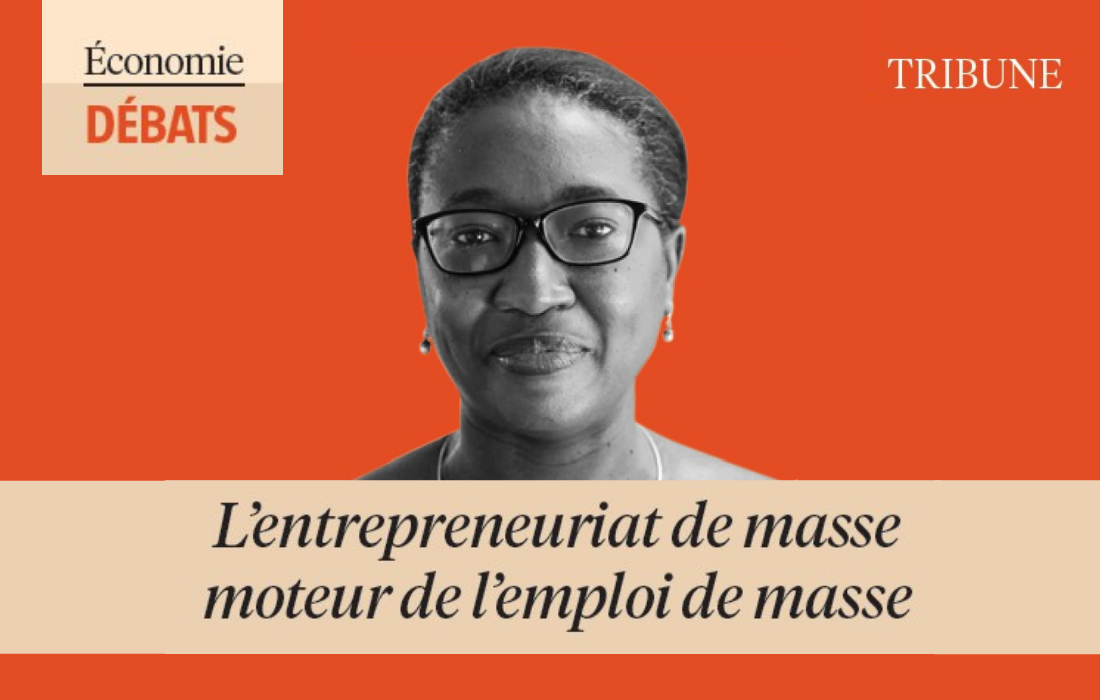Dalberg uses cookies and related technologies to improve the way the site functions. A cookie is a text file that is stored on your device. We use these text files for functionality such as to analyze our traffic or to personalize content. You can easily control how we use cookies on your device by adjusting the settings below, and you may also change those settings at any time by visiting our privacy policy page.
This fall, millions of students in the U.S. are preparing to go back to college. Yet young people from certain demographics, especially low-income youth and those whose parents didn’t go to college, are likely to be underrepresented in their ranks. Dalberg has been advising First Lady Michelle Obama’s Reach Higher Initiative to better understand why many students aren’t making it to and through college, and what we can do to change it. Through research and interviews with dozens of stakeholders, including non-profits, academics, and schools, the Dalberg team identified key drivers of college disparities and promising solutions that can address them. When two-thirds of jobs by 2020 are expected to require a post-secondary degree, tackling these inequities is more important than ever.
Here’s the problem: Only a small minority of low-income students will ever earn a college degree. While 77% of high-income adults have a bachelor’s degree by age 24, only 9% of low-income adults do. Plus, among low-income first-generation students who enroll in college, only 11% complete a bachelor’s degree within six years. In part, this is because underrepresented students are more likely to attend non-selective institutions; nearly two-thirds of low-income studentsattend community colleges and for-profit institutions, which have lower graduation rates and often have fewer academic and financial resources than do more selective institutions.
Yet the vast majority of students of all backgrounds aspire to go to college and most Americans believe that a college degree is essential to future economic security. So where is the system failing? While there are many drivers of these trends, including the high and rising cost of college, and inadequate academic preparedness, we think one of the most important causes has been overlooked:
Underrepresented students have inadequate access to college knowledge and guidance. Specifically, underrepresented students have disproportionately low access to college counselors, at 1,000 students per counselor – twice the national average, and to other mentors, like parents, who went to college. This means these students may not understand the steps required to get to college (like taking the SAT), may not understand the schools for which they are qualified, resulting in ~50% of low-income students attending schools below their academic qualifications. With nearly $3B of financial aid left on the table annually, students also may not understand how to take advantage of financial aid offerings.
But solutions are out there. We identified three promising solutions to increase college access and completion for underrepresented students.
Increase access to quality college counselors. Every student in the U.S. should have access to a college counselor who can help him or her understand her college options, apply for financial aid, and navigate pre-matriculation requirements. To achieve this goal, we need first and foremost to increase the number of college counselors at public high schools. This will require funding – a challenge given tight school budgets. However, given that studies have shown that adding one additional counselor can increase a high school’s four-year college enrollment by 10 percentage points, this is certainly a worthy investment.
Not only do we need more counselors, but we also need to ensure that these counselors are sufficiently trained to guide students through the college application and financial aid processes. Currently, the vast majority of graduate programs that train people to become school counselors do not offer coursework in college counseling. This is despite the fact that school counselors are often public schools’ only college resource for students.A nationwide standard credential in college counseling would ensure that students are seeking guidance from professionals with expertise in college application and financial aid processes.
Finally, we need to recognize that systemic changes like those recommended above are likely to take time. In the meantime, there is a role for innovative partnerships between public school districts and non-profit organizations to fill the critical gap in college counseling. Organizations like the College Advising Corps, which embeds its college advisors directly in partner public high schools, are demonstrating that collaboration across sectors can support underrepresented students on their path to college.
Empower peers and parents as mentors. While school counselors are one critical resource, in practice, students are supported to and through college from a variety of people. Perhaps most important among these are parents, who help shape a student’s educational expectations, provide critical information about college options, and are a major source of financial support. And while most parents believe that a college degree is important for their child’s future success, parents of underrepresented students have lower college-going expectations for their children and report having less information to financially plan for college. To close this aspiration-information gap, college success organizations and public schools should invest in trainings and outreach to empower parents to guide their children to and through college.
While parents are important, young people are often more strongly influenced by their peers – and this extends to going to college. To help promote a positive version of “peer pressure,” many organizations are experimenting with near-peer advising programs in which underrepresented students are matched with a student of a similar age and background who will guide and support them through the college process. Programs like these have been shown to increase college enrollment by as many as 12 percentage points.
Use technology to complement in-person mentorship. While there is no replacement for in-person guidance, tech-based solutions that guide students to and through college can be an effective complement. Perhaps the most exciting among these are personalized text messages campaigns, like Up Next, based on behavioral economics research. These can be implemented by schools or NGOs to remind students of important tasks necessary for applying to or matriculating college. Targeted texting campaigns (at the low cost of $7/student) have been shown particular promise for preventing “summer melt” a phenomenon in which 10-40% of college-intending high school seniors fail to matriculate college the fall after high school.
As a first-generation college graduate herself, First Lady Michelle Obama knows personally the roadblocks many students face to reaching that goal. However, as she constantly reminds young people, a post-secondary degree remains one of the most important investments of time, money, and effort that a person can make to building a career and supporting a family in the 21st century. With improved investment in college knowledge and guidance, we can ensure that the millions of students who aspire to go to college achieve this dream.







